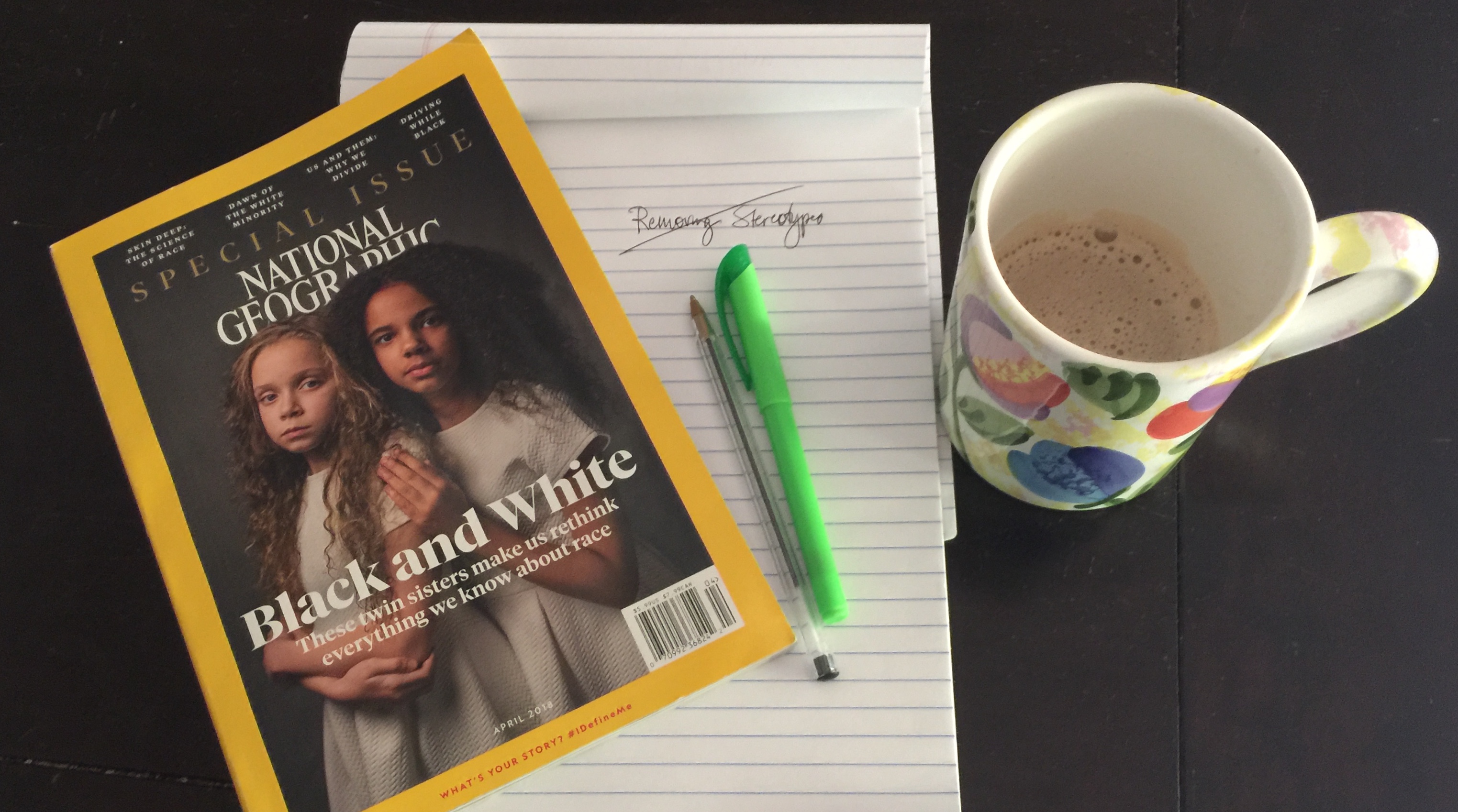Rethinking Youth Development Stereotypes
*Stereotype: A widely held but fixed and oversimplified image or idea of a particular type of person or thing.
In April, the National Geographic published, “The Race Issue”, a special edition of their magazine focused on exploring long-held scientific and cultural theories on race and diversity. The editor discussed how stereotypes based on these theories have not only shaped modern culture, but also their photojournalistic coverage of nations and people around the world. I highly recommend this special edition for its honest and poignant delivery of such highly debated and emotionally charged material.
As I was reading the magazine, my mind turned to the topic of stereotypes, racism, and diversity in the Youth Development field. I have implemented youth development programs for the last 18 years in Miami-Dade County, Florida. In the competitive world of youth development program funding, funds are mostly targeted towards “at-risk youth”. An “at-risk youth” is a person between the ages of 12 to 18 years old with one or more of the following characteristics: low income household, low academic achievement, anti-social behavior, delinquency, behavioral issues/challenges, foster care, youth with incarcerated parents, and youth with disabilities. For African-American, Hispanic, and immigrant “at-risk youth”, unspoken racial stereotypes hang in the air like dark clouds.
During the first week of the Generation 2050 (GEN2050) Summer Camp last summer, I came to understand how the “at-risk youth” label could be just as devastating as any other racial and ethnic stereotype. A few of the GEN2050 students were reading the program abstract out loud. The looks on their faces went blank as they realized they were “at-risk.” Their blank stares said, “What am I at-risk for? Probably something terrible.”
I felt sick.
After that incident, I decided the term “at-risk youth” was just as devastating as any other stereotype based on race, ethnicity, culture, gender, or other term used to categorize and stigmatize a person. I have experienced what it is like to be stereotyped based on race and gender. After reading the National Geographic “Race Issue”, I feel compelled to strike the term “at-risk youth” from my vocabulary. In fact, I would love to find a way to compel others to rethink the language of youth development programming and the way these current labels and stereotypes reverberate with those who must bear them.
National Geographic created the hashtag #IDefineMe. I am going to ask my GEN2050 students to define themselves at the beginning of summer camp. I will share their responses and mine in an upcoming blog post and on social media with the hashtag #IDefineMe.
How do you define yourself?
(*Oxford Living Dictionaries)


What People Are Saying
Linda…this is so true and very well stated. I remember running social work groups in a high school with each group defined by their label: Divorce Group, Social Skills Group, Loss Group. Kids would ask that we not write that label on passes or permission slips for that reason. They wanted to define themselves rather than be defined by a label.